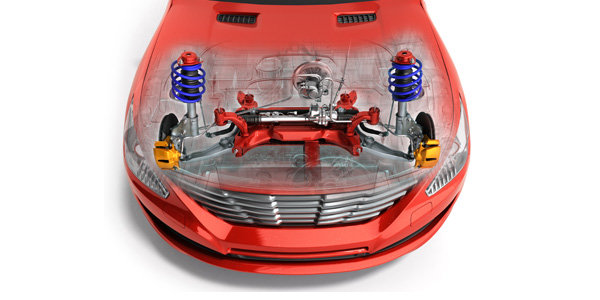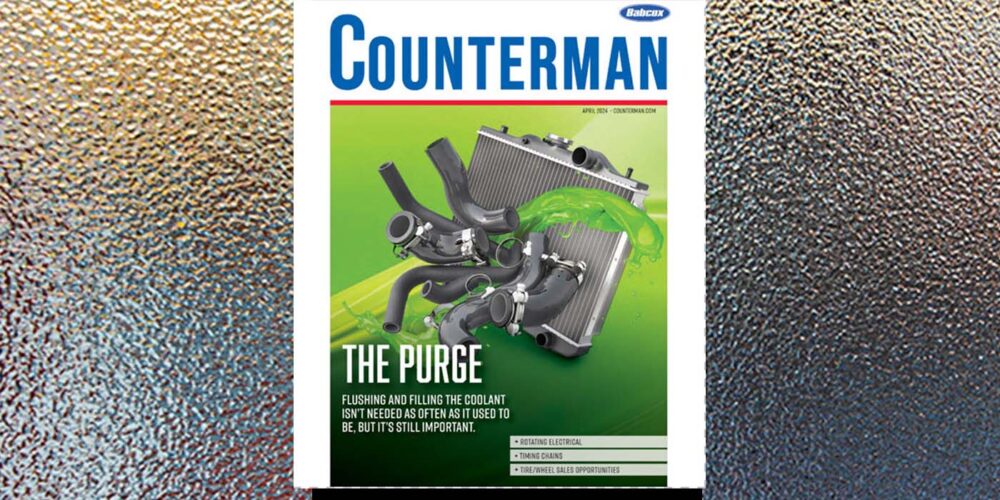
It’s not just luxury cars and SUVs that enjoy the benefits of an air ride suspension. There’s also a niche market for converting vehicles with standard suspensions to an air spring suspension. This includes everything from customized “low-rider” ‘64 Chevys to high-dollar late-model street performance cars, SUVs and even pickup trucks.
An air suspension offers a number of advantages compared to conventional springs or struts. One is a smoother ride. Air is compressible while hydraulic fluid inside a shock absorber is not. The piston and valving inside a shock provide resistance that determines the road feel of the suspension, along with the stiffness (spring rate) of the springs. With air springs, the spring is more compliant (softer) than a steel coil or leaf spring, so the dampening characteristics of the shock or strut can likewise be softer for the same degree of control.
Another advantage (and the biggest selling point for many) is that an air suspension allows the ride height of the vehicle itself to be easily raised or lowered. That means a SUV or truck suspension can be raised for added ground clearance when driving offroad, or lowered when driving on a highway for better aerodynamics. Pressure in the air springs also can be raised to offset an increased passenger or cargo load (load leveling). Or, for those who want the body to squat down when the vehicle is sitting or to drop to the ground when it is parked, all you have to do is vent the pressure from the springs.
There is a whole urban subculture that revolves around low-rider air suspensions. Some of these highly customized vehicles can do amazing things, like bounce up and down, raise up on three wheels or tilt sideways at insane angles. The same kind of suspensions also are being installed in many street rods and sport compact performance cars to give them a unique appearance and handling agility. These air suspensions often are professionally installed by a custom shop, and are obviously quite different from the factory air suspensions under luxury vehicles such as Lincolns, Cadillacs, Lexus, BMW, Mercedes and similar makes. But it’s all part of the air suspension repair and replacement aftermarket.
Conversion kits go both ways. There are kits to convert a conventional suspension to air springs, and kits to replace a factory air suspension with conventional springs, shocks or struts. The latter often is a more affordable repair option for older luxury cars whose aging air suspensions have gone flat.
The most common types of failures with air suspensions are leaks in rubber air springs, leaks or breaks in plastic air lines and compressor failures.
If an air suspension is leaking, the compressor may run continuously in an attempt to offset the air loss. This makes the compressor run hot, and often leads to compressor failure. So if a customer is buying a replacement air compressor, it’s important to make sure any air leaks in the system have been found and fixed – otherwise the new compressor may not last very long.
Replacing air spring components in an OEM system can be expensive. If a part is not available in the aftermarket, customers will pay a premium to buy it from a new car dealer. And, if the part is no longer available through the new car dealer channel (which often is the case for vehicles more than 10 to 12 years old), your customer may have no choice but to convert an aging factory air suspension to a conventional suspension. In most cases, it’s a simple quick installation that many DIYers can do in their own garage. And if that is not an option, it’s an easy fix that most repair shops can do.





